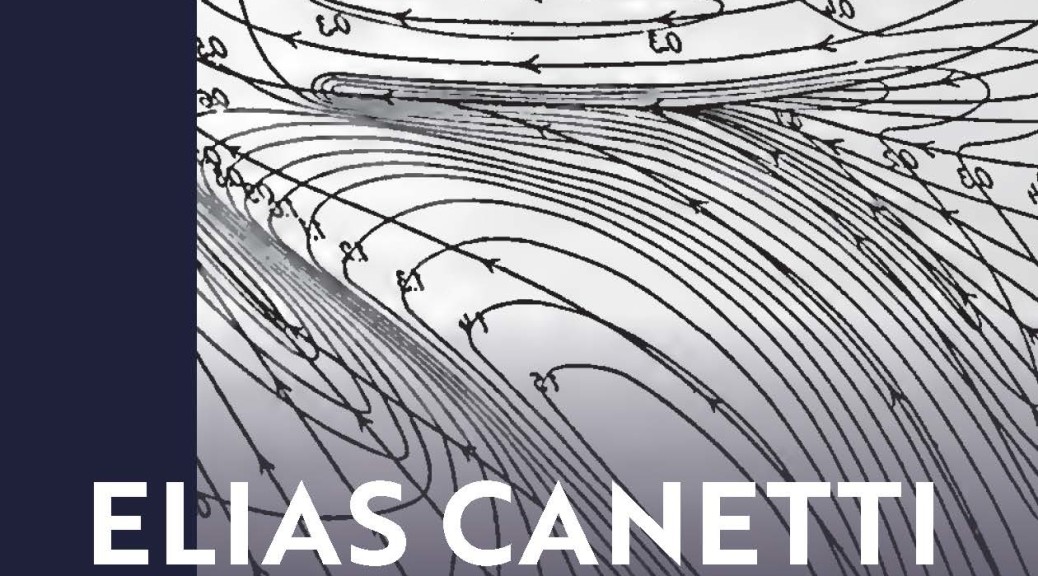 Now published at : https://www.mdpi.com/2076-0787/14/5/108
Now published at : https://www.mdpi.com/2076-0787/14/5/108
 Now published at : https://www.mdpi.com/2076-0787/14/5/108
Now published at : https://www.mdpi.com/2076-0787/14/5/108
“For a writer, all places are imaginary, even the one in which he happens to live.”
Paul Auster
“The problem with elections is that no matter who you vote for, the government gets in!”
Zephaniah
[ + Find a loving portrait of the man here : https://vimeo.com/274377665 ]

New paper on Alex Langer, ecology, politics, measure.
Now published at | https://link.springer.com/chapter/10.1007/978-3-031-36667-3_5

The Canetti book is now published: https://www.bloomsbury.com/uk/elias-canetti-and-social-theory-9781350344419/
See also on Google Books: https://books.google.com/books?id=-auVEAAAQBAJ

Toblach/Dobbiaco, EUREGIO Kulturzentrum ‘Gustav Mahler’, June 8-10, 2022
Preliminary Programme
“The Reactive” chapter now published in the Volume edited by Christian Borch (2019) Imitation, Contagion, Suggestion: On Mimesis and Society. (Routledge, 2019) https://www.crcpress.com/Imitation-Contagion-Suggestion-On-Mimesis-and-Society/Borch/p/book/9781138490642
PDF brighenti-2019-the-reactive
(( Based on a speech I gave at this 2015 conference in Copenhagen: https://www.capacitedaffect.net/?p=771 ))
Cities Contested. Urban Politics, Heritage, and Social Movements in Italy and West Germany in the 1970s
Available here: https://aro-isig.fbk.eu/issues/2018/2/cities-contested-andrea-brighenti
(with Andrea Pavoni)
NOW PUBLISHED in Azimuth 10.

In this paper, we seek to show how the notion of technophysics can be applied to better understand the experience of contemporary urbanism. We argue that technophysics exists in dynamic relation to an atmoculture of urban space, whereby the technological and the cultural meet on a deeply affective-atmospheric terrain. Contemporary technophysics and atmoculture collaborate in the quest for comfort and the flight from its antonyms (stress, unease, and fear), but they are also riddled with tensions and contradictory outcomes …
Abstract. The image of the city as a stressful place is an evergreen topic. In this article we review the imagination of urban stress, starting from Simmel’s classic thesis that the modern city is an unavoidably psychic-stimulating environment potentially leading to stimuli overload. City dwellers are then supposed to counter stimuli overload with a series of adaptation strategies. However, the ways in which these phenomena can be conceptualised are varied. Historically, a shift of emphasis seems to have occurred from the classic conceptualisation of hyperaesthesia to the contemporary preoccupations with the design of comfortable atmospheres. Such atmospheres are, in fact, comfort bubbles. In the article we tackle the aspirations and predicaments of such engineered atmospheres. In particular, we build on Sloterdijk’s argument that, ultimately, bubbles fail to do away with stress: whereas for Simmel stress anaesthetised urbanites, Sloterdijk has pointed out that, rather, comfort itself stresses them. To better tackle the magmatic stratum of dissatisfaction that seems so coessential to urban life, in the final part of the article we focus on the notion of animosity. We suggest to conceptualise it as a type of disquiet that cannot be reduced to established recognisable interaction formats.
Keywords: Urban Stress; Urban Feelings; Urban Atmospheres; Atmospheric Engineering; Animosity
“La démocratie à l’heure des visibilités hiérarchisées” dans T. Fabre (Coord.) La Cité en danger ? Dictature, transparence et démocratie – Rencontres d’Averroès #19. Marseille: Editions Parenthèses.
with Paul Blokker
European Journal of Social Theory August 2011 vol. 14 no. 3 283-300
http://est.sagepub.com/content/14/3/283.abstract
Abstract
The article discusses the status and role of politics — in its various facets — in the pragmatic sociology of critique. We focus on a number of different dimensions of politics — politics-as-justification, politics-as-distribution, politics-as-constitution, and politics-as-defiance — that can said to be of importance for a pragmatic sociology of critique, but that have not all been taken up equally in this approach. We situate pragmatic sociology in a tradition of thought that views politics as emerging in the settlement of disputes over differences without resorting to violence. However, we argue that pragmatic sociology tends to ignore questions of the constitution of politics, and suggest that one way of bringing the foundational aspect upfront is by conceptualizing and studying defiance, including forms of explicit (dissent) and implicit critique (resistance) of the existing order.

Thesis Eleven August 2011 vol. 106 no. 1 73-87
http://the.sagepub.com/content/106/1/73.abstract
Abstract
The attempt by Arnason and Roberts to interpret Canetti’s work in the context of social theory is taken here as the point of departure to investigate Canetti’s view on the phenomenon of resistance. Resistance is explored in the context of Canetti’s reflection on power and transformation. Further, it is argued that through his substantive concern for crowds (but also for packs, or small bands), an epistemological challenge emerges for social theory. Canetti gives us some precious insights on phenomena of ambiguous multiplicity, which are neither simple sums of separate individuals nor an ontologized Durkheimian collective. Not only this, he resolutely ventures towards the contingency at the foundation of social order, the ‘just-thisness’ of power, revealing its non-symbolic basis in gestures that impart affects. It is at this level that resistance can be best understood as a movement of liberation from the grip of power.
Canetti and Foucault on the notion of resistance
Distinktion: Scandinavian Journal of Social Theory
Volume 12, Issue 1, 2011, Pages 57 – 78
https://doi.org/10.1080/1600910X.2011.549331
Critical Sociology, vol. 34(6): 787-802.
http://crs.sagepub.com/cgi/content/abstract/34/6/787